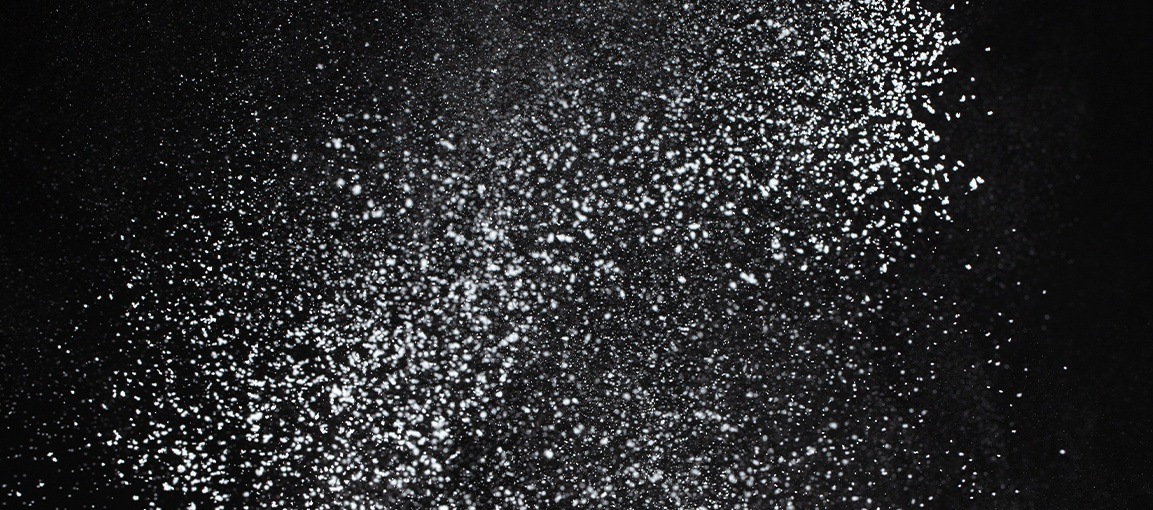When looking for the right types of gloves for the needs of your customers, you may find yourself wondering why some gloves are “powdered” and others are “powder-free.”
Powdered Gloves have cornstarch added to the exterior of the glove to make them easier to take on and off, especially in busy environments such as food service where employees are frequently changing gloves.
While glove powder can be beneficial for use in these situations, there are also downsides to using powdered gloves. For example, when powdered gloves are worn for an extended period of time, the powder can cling to the skin, causing sensitivity and allergies.
For this reason, the FDA banned the use of powdered gloves for use in medical and examination gloves in December 2016 due to concerns about patient allergies and sensitivities. As a result, you will find that all medical and examination gloves are powder-free.
So, then, are powder-free gloves less likely to cause allergic reactions compared to powdered gloves?
The answer is yes, and the explanation can be found in the manufacturing process of powder-free gloves.
Removing powder from gloves is done “post-process,” meaning that the removal of powder occurs after the glove has been fully manufactured. This procedure is called chlorination and involves exposing the gloves to chlorine gas or a hypochlorite acid mixture that hardens the surface of the glove. The hardening of the glove’s surface decreases the surface friction, allowing the gloves to be easily taken on and off without powder. While powder removal is the main objective in chlorination, the process also simultaneously removes a significant amount of the residual protein from the glove.
This reduction in residual protein is the reason powder-free gloves are less likely to induce protein allergy reactions. Thus, the powder is not the source of protein allergy reactions.
To learn more about Glove Powder and other glove-related allergies, view our FAQ page and scroll down to the Glove Powder & Latex Protein section.

